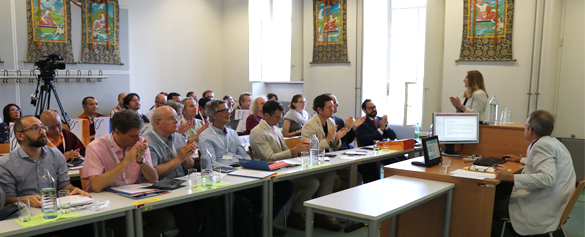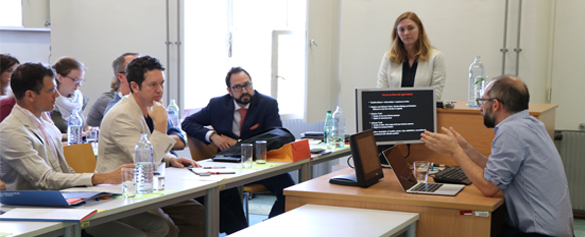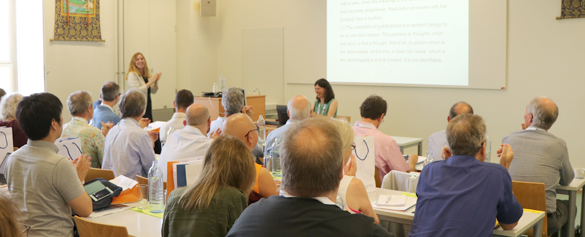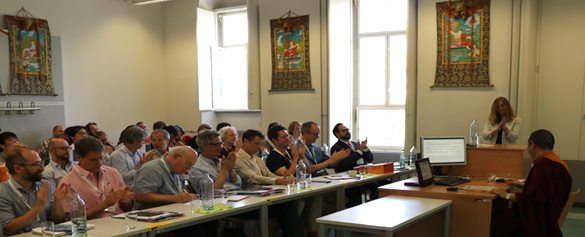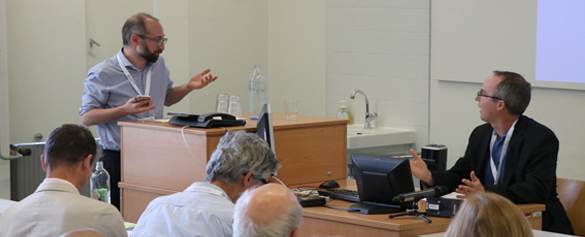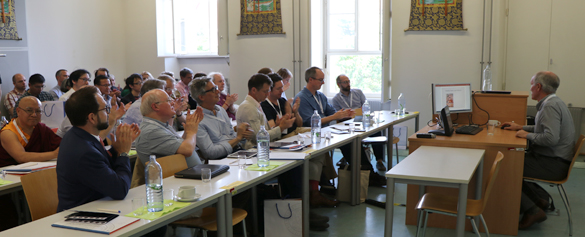Zhang ston Bsod nams grags pa’s Defense of Dol po pa’s Clear-Cut Distinction between Buddha Nature and the Ground Consciousness
Gwen Witt Dorring2022-11-16T23:39:21-07:00Dol po pa Shes rab rgyal mtshan’s (1292-1361) doctrinal position is well known for its clear-cut distinction between an ultimate, unconditioned buddha-nature, which is identical with the ultimate and buddhahood, and the conditioned ground consciousness (ālayavijñāna), including all saṃsāric states of mind emerging from it. This strict distinction excludes from the ultimate anything dependently arisen. Dol po pa’s disciple Zhang ston Bsod nams grags pa (1292-1370) defends his master’s view by addressing opposing statements in the Laṅkāvatārasūtra and the Gaṇḍavyūhasūtra that equate buddha-nature with the ground consciousness. Zhang ston’s discussion constitutes the major part of the introduction to his commentary […]

